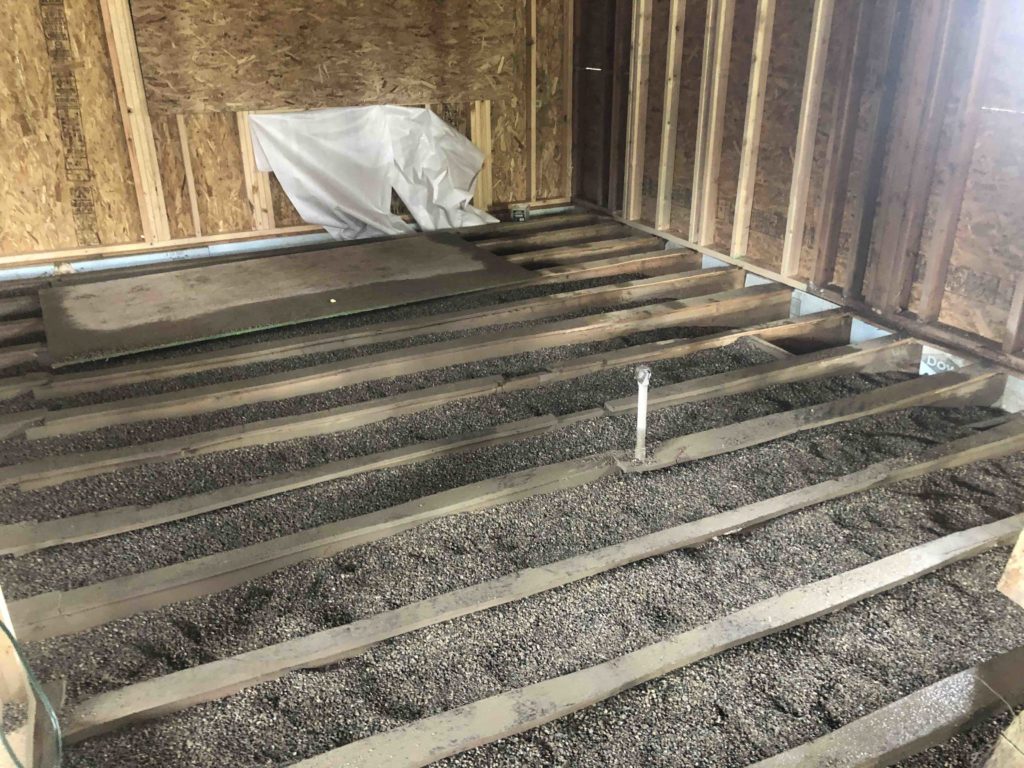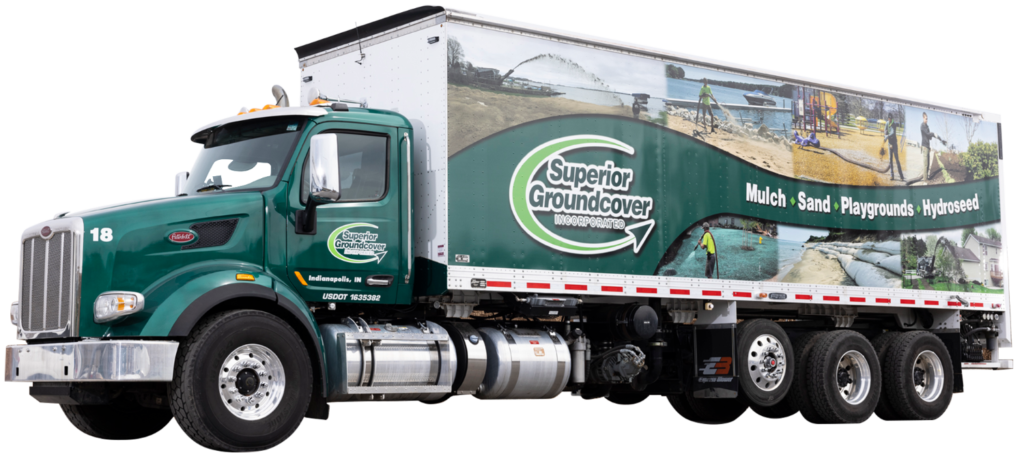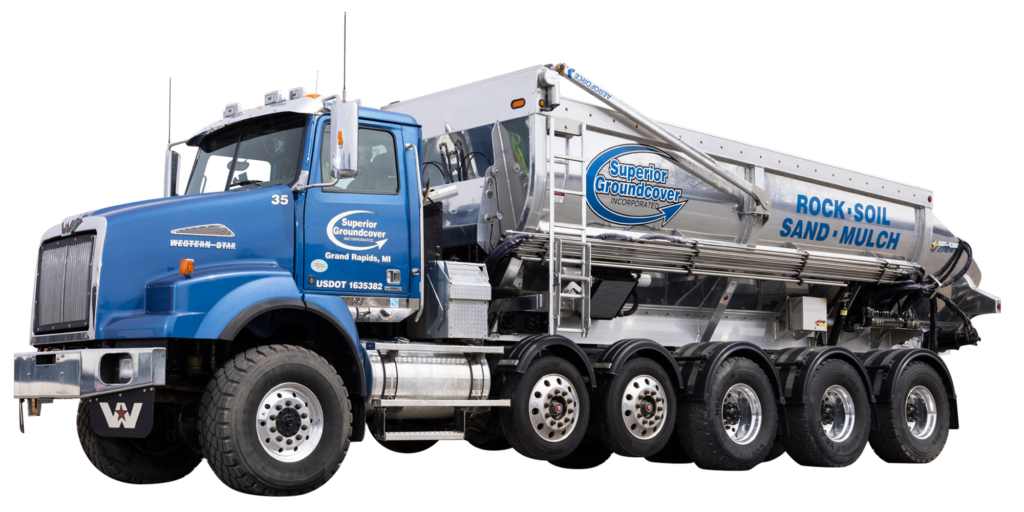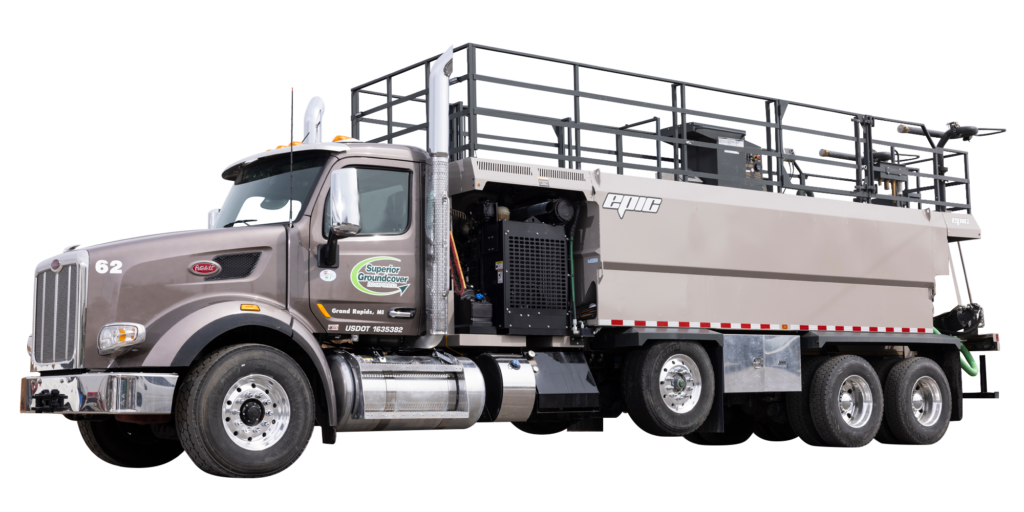What Is Crawl Space Encapsulation?
Your crawl space is the perfect environment for mold, pests, and water damage. Crawl space encapsulation uses thick, white, polyethylene plastic to seal your crawl space from moisture.
Who Needs It?
Anyone with a crawl space can benefit from crawl space encapsulation. However, there are a few factors that might make you a better candidate for sealing your crawl space than someone else:
- Humid climate: Too much moisture in your crawl space can lead to mold and other types of damage. If you regularly battle humid summers, encapsulating your crawl space may be a good idea.
- Extreme temperatures: No one likes dealing with blazing heat or below-freezing temperatures. Unfortunately, heating or cooling your home in extreme temperatures can be costly. Encapsulating your crawl space actually insulates it and can help you save on your energy bill.
- Infestation: You may already be dealing with a mold infestation or some critters who have made your crawl space their home. After your crawl space has been cleaned and cleared out, encapsulate it to prevent another infestation from happening again.
Advantages vs. Disadvantages
There are many benefits to encapsulation, including:
- Preventing mold, rotting wood, and other moisture-related damages
- Protecting the integrity of your foundation and your floors
- Preventing animal, rodent, or insect infestations
- Decreasing your energy bill
- Improving the quality of air in your home
Challenges with encapsulation include:
- Paying for what can sometimes be an expensive service
- Working within a small, cramped area if you choose to do it yourself
- Ensuring the work is done correctly to avoid other problems (e.g., accidentally making a termite inspection impossible)

How to Properly Encapsulate a Crawl Space
Whether you choose to hire a professional or try a DIY approach, the process of crawl space encapsulation is as follows:
- Assess: First, evaluate your crawl space as-is. Depending on how often you check your crawl space, you may find some unpleasant surprises: animals (alive or dead), insects, rusted junk from previous owners, rotting wood, termite damage, leaky pipes, or something else. Remember to call in a professional if you encounter standing water—you don’t want to risk electrocution.
- Clean: Now it’s time to remove all of the fun surprises you found. Clean your crawl space of anything that doesn’t belong there. Make sure to also remove sharp debris to create a nice, flat surface.
- Fix: During your initial assessment, you may have discovered plumbing or foundation problems. Make sure to fix these issues before sealing your crawl space. It’s more difficult to fix these problems after your crawl space has been sealed than before.
- Measure: Once your crawl space is ready for encapsulation, measure the areas you plan on covering. Cut your sheets of polyethylene plastic to fit your crawl space.
- Seal: Now you can encapsulate your crawl space. Start with the walls first, and make sure to overlap the sheets of plastic to create a tight seal. Seal awkward shapes like pipes, pillars, and vents. Then, install the plastic vapor barrier on the floor.
- Dehumidify: After encapsulation, you will need to regulate the humidity within your crawl space. Install a dehumidifier to ensure that the moisture in your crawl space is always at an acceptable level.
Alternatives to Encapsulation
If you want to try to decrease the moisture in your crawl space, there are other alternative solutions beyond encapsulation.
Crawl Space Encapsulation vs. Waterproofing
Waterproofing can occur both inside and outside of your crawl space. Exterior waterproofing can consist of both an adequate drainage system as well as the installation of a moisture barrier around the foundation. Interior waterproofing encompasses crawl space encapsulation but may also include the installation of a sump pump.
In general, you can always encapsulate your crawl space and engage in other waterproofing measures as well. The main disadvantage of exterior or interior waterproofing vs. crawl space encapsulation is that it is more expensive.
Crawl Space Encapsulation vs. Spray Foam
Spray foam used in a crawl space can seal it from both air and moisture as well as provide insulation. It can be used alongside the plastic sheets of encapsulation, or you can use it on its own.
Spray foam isn’t the most environmentally-friendly choice to protect your crawl space. It’s also not the safest option for DIYers—you’ll need personal protective equipment (PPE) to stay safe during installation.
Crawl Space Encapsulation vs. Insulation
Crawl space insulation and crawl space encapsulation may sound similar, but they have slight differences.
The goal of crawl space insulation is to keep your crawl space warm. The focus is on decreasing your energy bill.
The goal of crawl space encapsulation, on the other hand, is to keep your crawl space dry. The focus is on eliminating water and moisture that may lead to other kinds of damage.
If you live in a dry climate, crawl space insulation may be sufficient. If you live in an area that experiences regular rain or snow melt, however, then encapsulation is probably the way to go.
How Much Does Crawl Space Encapsulation Cost?
The cost of encapsulating your crawl space depends on a number of factors, including:
- Any current problems in your crawl space that need to be solved before encapsulation (e.g., leaks, mold, pests, foundation cracks)
- The size of your crawl space
- Whether you hire a team of professionals or do the job yourself
- Whether or not you choose to install a dehumidifier
- The quality of materials used
Our team of experts can assess your crawl space and give you an idea of how much it would cost to encapsulate it.
Generally speaking, crawl space encapsulation costs thousands of dollars—anywhere from $5,000 to $15,000, depending on the job. However, keep in mind that you can expect your investment to protect your crawl space for up to 20 years.
Frequently Asked Questions (FAQs)
Does Crawl Space Encapsulation Add Value to Your Home?
Yes. Sealing your crawl space decreases your energy bill, better regulates the temperature in your home, increases your air quality, and prevents pest and mold infestations—all attractive features to prospective buyers.
Can You Encapsulate a Crawl Space in a Flood Zone?
A traditional encapsulation is not recommended in a flood zone. Crawl spaces that are prone to flooding need to allow water to flow through them to prevent more severe damage. Encapsulation results in a tight seal that would actually put your crawl space at greater risk during a flood since the water wouldn’t be able to flow through it.
Can I Qualify for a Tax Credit for Crawl Space Encapsulation?
Potentially! There are tax credits available for people who make their homes more energy efficient. Since sealing your crawl space increases your home’s energy efficiency, you may be able to qualify for a tax credit. Speak with an accountant to determine if you qualify.




